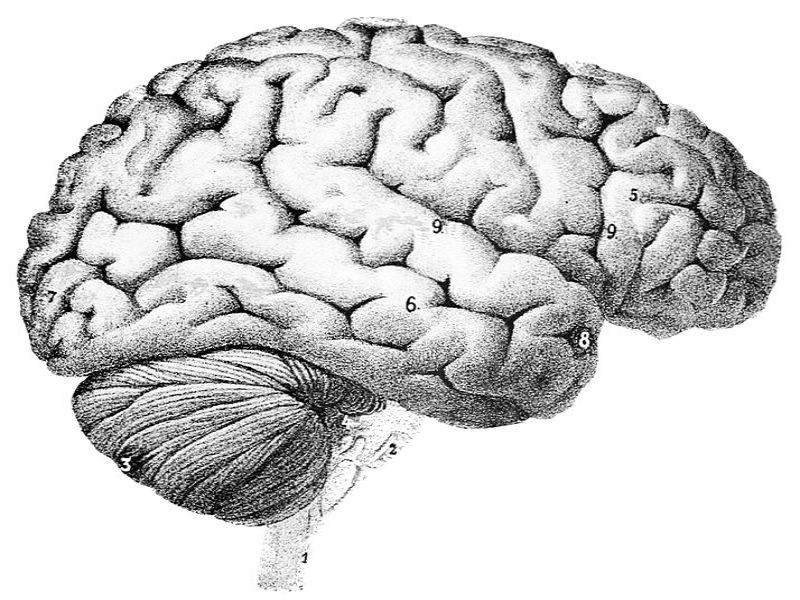
Inscopix and Bruker have announced a collaboration for the former’s new multimodal image registration and analysis (MIRA) platform.
As part of the collaboration, the company will combine its miniature microscope-based nVista and nVoke systems with Bruker’s Ultima multiphoton microscopes.
It will enable brain researchers to catalyse a comprehensive mechanistic understanding of the brain by integrating one-photon imaging of neuronal activity with high-resolution multi-colour imaging of diverse cell-types and pathologies in the brain.
The combined solution, which will be co-marketed by the companies, includes an adapter to integrate Inscopix miniscope data from freely-moving animals with multi-colour laser scanning microscope data from head-fixed animals.
It also features an Inscopix-developed software solution to streamline co-registering of images received from both modalities.
Inscopix founder and CEO Kunal Ghosh said: “We are very excited to announce the launch of the MIRA platform and the collaboration with Bruker, a leader in multiphoton imaging-based applications for neuroscience.
“This partnership with Bruker is a key part of our strategy to work with partners in the neuroscience imaging industry to help researchers record, align, register and correlate changes in neural activity in a defined population of neurons with changes in other brain cell-types and pathologies.”
Using MIRA platform, researchers can first image large-scale brain activity at single-cell resolution in freely-behaving animal subjects.
They can also image the same field-of-view in the brain with multiphoton and confocal microscopes at higher resolution and at multiple wavelengths.
Bruker Fluorescence Microscopy Business vice-president and general manager Xiaomei Li said: “Inscopix’s MIRA platform is an important innovation that will, when used in conjunction with our Ultima multiphoton microscopy, combine the many advantages of one-photon and multiphoton imaging while overcoming previous technological limitations for a richer and more sophisticated understanding of the brain.”



